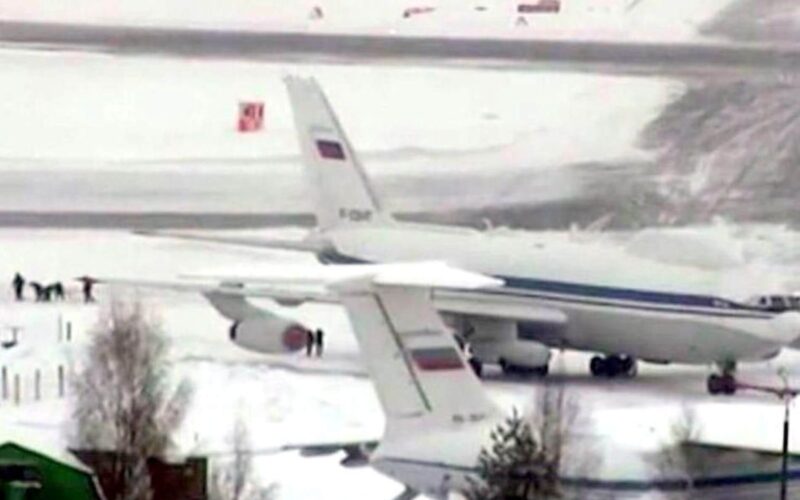The radio equipment, stolen from Russian Ilyushin Il-80 airplanes, could have contained emergency communication frequencies.
The robbery was reported on December 4, 2020, and gained international attention several days later. A mobile command post, designed to carry Russian president and other officials in an event of a nuclear war (dubbed as Russian Doomsday plane), was broken into.
Top-secret radio equipment disappeared from the plane on the territory of Taganrog Aviation Scientific-Technical Complex, where the aircraft was undergoing maintenance.
The equipment contained precious materials prized at over 1 million rubles ($13,570). 39 pieces of radio equipment, as well as multiple other parts, were stolen, according to local authorities.
Press Secretary for the President of Russia Dmitry Peskov called it “an emergency situation” and said that “conclusions will be made”. According to Russian media, it is suspected that the equipment was stolen by someone working within the complex, as the procedure of breaking into a plane, disassembling over a hundred of kilograms of equipment, and carrying it away would have taken at least several hours.
The official authorities did not comment on the situation further. A criminal investigation is being conducted by local police, positioning an event as a simple robbery.
On the other hand, according to Russian aviation news site Avia.pro, as well as other sources, numerous experts call to attention the fact that the stolen equipment likely contained information on secret emergency frequencies. The site claims that the fact of foreign interference in the heist is unlikely – an opinion shared by official sources – yet the speculation that “NATO may be interested” in the material continues.
The Ilyushin Il-80 is a heavily modified wide-body airliner Il-86, remodeled to perform a function of airborne command and control center in an event of emergency, such as a nuclear war. The aircraft was adopted in the late 80s.

